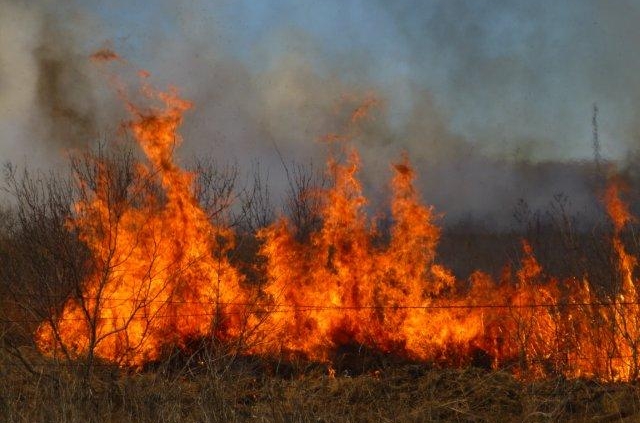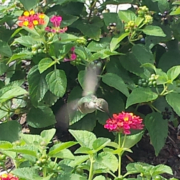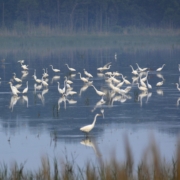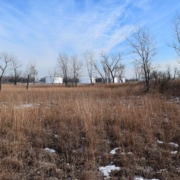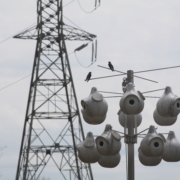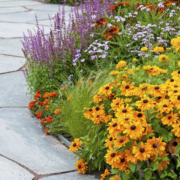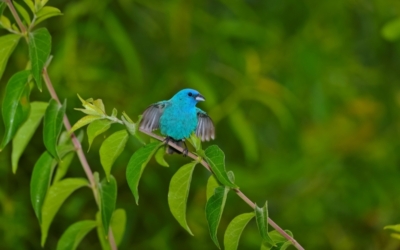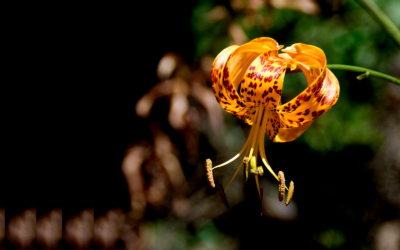Prescribed Fire Means a New Beginning for the Meadow at New Beginnings
February 17, 2017, was an exciting day for Bridgestone’s New Beginnings—The Woodlawn Wildlife Area, with the implementation of a prescribed burn of the site’s wildflower meadow.
Fire is a natural part of grassland and woodland ecology in many parts of North America. Along with other disturbances such as grazing by large herbivores, fire plays a vital role in maintaining these ecosystems. Experts use prescribed burning to burn these ecosystems in a safe, controlled manner, reducing the risk of wildfires by removing dry, dead vegetation and maintaining a healthy ecosystem by reducing excess woody vegetation, releasing fire-dependent seeds, and encouraging the growth of native vegetation.
The burn at New Beginnings was necessary because the meadow had become severely overgrown. The meadow had not been burned since 2010, so invasive species such as purple deadnettle and a few native species like blackberry brambles and goldenrod had begun to crowd out other native species. The burn will help to stimulate the growth of native herbaceous vegetation by allowing more sunlight to reach the ground and releasing nutrients back into the soil. The burn and follow-up mowing will also prevent invasive and woody species from taking over by removing unwanted growth of these plants.
A burn crew from the Maryland Department of Natural Resources conducted the burn, with WHC staff and local maintenance contractor Bob Hogue also in attendance to help monitor the burn. The day began with a brief check of the firebreaks, which had been created ahead of time, to make sure they would be adequate for keeping the fire in the desired burn area. The burn crew then used Firestarter cans to initiate a burn in the southeast corner of the meadow, directing a slow-burning backfire very slowly to the north and west and then initiating a faster-burning headfire from the other side. The crew also used ATVs with water tanks to wet areas that they didn’t want to burn, such as the meadow edges and the ground below the bluebird boxes. To prevent the fire from burning too strongly, there was a separate burn pile for heavier brush collected from the meadow.
The burn took approximately three hours and was relatively successful. Although most of the native grasses and wildflowers in the meadow burned well, there were a number of live blackberry brambles that did not burn. This remaining unwanted vegetation was removed by local volunteer Bill Kilby with a brushhogger a few days after the burn was completed.
